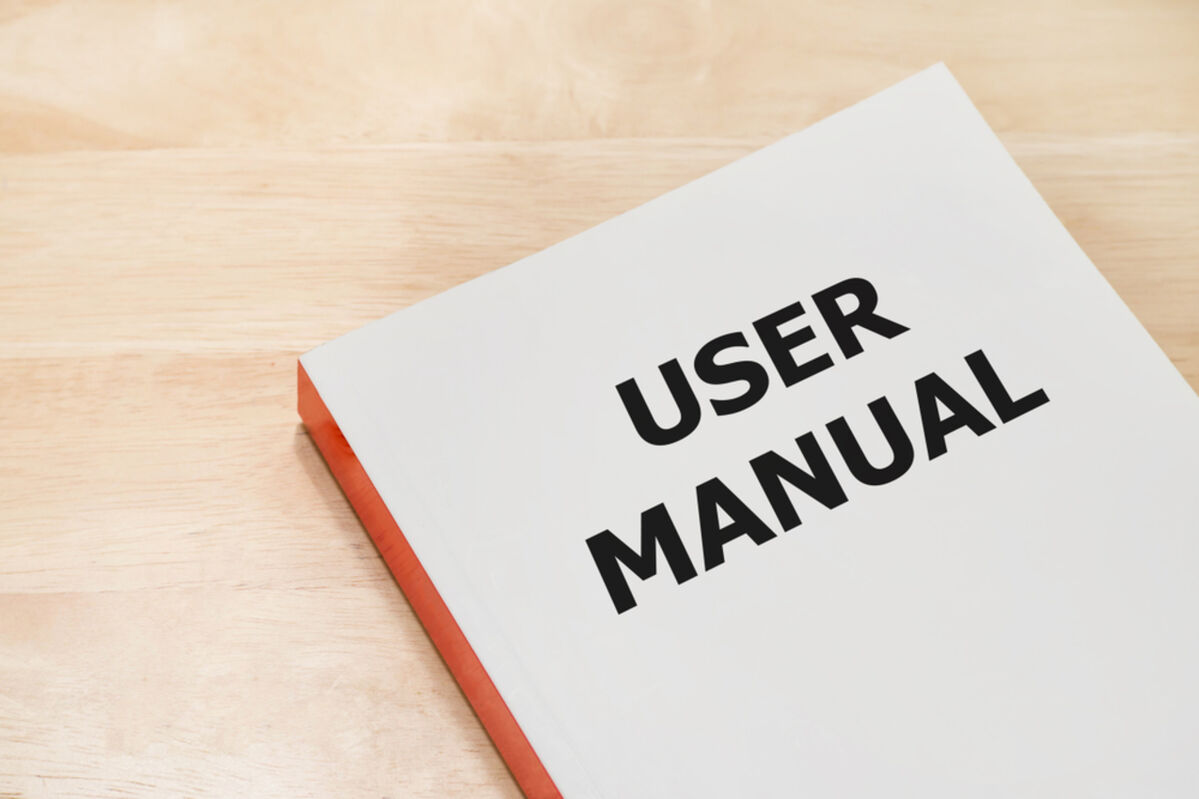What residential lift regulations are there in the UK?

Home lifts are an invaluable solution for individuals with limited mobility, making accessing different levels of a home easier. In the UK, these devices are subject to specific regulations and safety standards to ensure they provide safe and reliable transportation within residential properties. In this blog, we have looked at home lift regulations, covering legal frameworks, safety standards, installation requirements, maintenance guidelines, and more for when you get your home lift installed.
Legal Framework
The primary legal framework that governs residential mobility home lifts is in the Equality Act 2010. This act stipulates that service providers, including homeowners and businesses, are legally obligated to make reasonable adjustments to ensure accessibility for individuals with disabilities. Even though having a home lift is a crucial way to meet this obligation, providing accessible solutions for those with limited mobility.
All home lifts need to fully comply with the British Standard BS5900:2012, which requires that the seal between the through-the-floor lift and the aperture for the lift be maintained whether the lift is parked at the upper or lower level.
Residential mobility home lifts must comply with British Standard BS EN 81-41:2020, which deals with the construction and installation of lifts in buildings, and these standards outline specific safety requirements that home lifts must meet to ensure user safety.
CE Marking
To place residential mobility home lifts on the UK market, manufacturers must affix the CE marking to their products. The CE marking signifies compliance with the essential health and safety requirements set by the European Union.
Installation by Qualified Professionals
Installation of residential mobility home lifts must be carried out by qualified professionals trained to assess the suitability of the lift's placement and to install it in compliance with safety standards, as this ensures the proper functionality and alignment of the lift.
User Training and Manuals
Residential mobility home lifts come with user manuals. It's essential for users and their caregivers to become familiar with these manuals, including information on safe usage, maintenance, and emergency procedures. Proper user training is critical for preventing accidents and ensuring user safety.
Regular Maintenance
Ensuring that ongoing maintenance and inspection are vital to ensure the safety and functionality of residential mobility home lifts. Regular servicing, usually recommended annually, should be conducted by authorised professionals to maintain the lift in optimal working condition.
Liability and Insurance
While it's not a legal requirement, homeowners and businesses installing mobility home lifts should consider liability insurance to cover any potential accidents or incidents. This is a wise precaution to protect against unforeseen circumstances.
Duty of Care for Service Providers
Under the Equality Act, service providers have a legal duty of care to ensure their premises are accessible to individuals with disabilities. Therefore, businesses and public institutions should consider installing mobility home lifts to comply with these regulations and promote accessibility.
Safeguarding Vulnerable Users
Residential mobility home lift regulations emphasise the importance of ensuring that the device is suitable for the individual user, taking into account their physical condition and any special requirements. Additional safety features may be necessary to ensure the user's well-being.
Local Authorities
Local authorities may have specific requirements and regulations related to residential mobility home lifts. It's essential to check with the local council or authorities before installation to ensure compliance with any additional rules.
Navigating residential mobility home lift regulations is essential to ensure the safety, accessibility, and well-being of individuals with limited mobility. These regulations encompass a legal framework under the Equality Act 2010, adherence to British Standard BS EN 81-41:2020, installation by qualified professionals, user training and manuals, regular maintenance, and considerations for safeguarding vulnerable users. By adhering to these regulations, residential mobility home lifts provide a reliable means of improving accessibility within homes, contributing to the independence and quality of life of those who rely on them.
As the UK's population continues to age and the need for accessible housing grows, these regulations play a pivotal role in fostering inclusivity and ensuring the dignity of individuals with mobility challenges who want a quality of life in their own home.
For more tips, guides, and advice, visit our news page.
